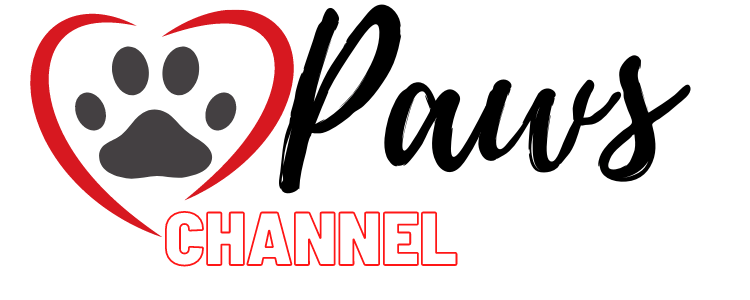Horse anatomy
Horse anatomy, Most horses have approximately 175 bones throughout their body, they have 2 blind spots, one directly behind and one directly in front of them, yet they can see in 2 directions at the same time.
It is possible to tell the sex of a horse by its teeth, male horses generally have 49 teeth, while females have 36.
Horses only breathe through their noses, they don’t breathe through their mouths. Dipping hay before feeding it is said to help reduce potential respiratory problems.
A fully grown horse can weigh up to 1000 pounds, containing around 13.2 liters of blood in its body.
These animals may need up to 10 liters of drinking water each day, their body temperature ranges from 100 to 101.5 degrees Fahrenheit, their ears can rotate nearly 360 degrees, and they are controlled by 13 muscles.
The heart of a horse weighs about 10 pounds, a healthy horse can have a heart rate between 36 and 40 beats per minute at rest.
On the other hand, the upper lip of a horse is prehensile. This means that it is adapted to hold objects and is very sensitive, allowing you to feel small differences in the texture of an object.
A horse’s hooves grow about a quarter of an inch each month and the longest ponytail record corresponds to an American Chinook named Palomino.
Read Also: Saying goodbye with dignity: This is how horse undertakers work
Those horses that present large white and other colored spots are known as pintos. Any mark on a horse’s forehead is called a star, even when the spot is a different shape, in fact most stars are diamond-shaped.
Contrary to some beliefs, the horse does distinguish colors.
Horsefeathers are long hairs on the back of the ankles that help keep water away from their hooves. A hoof is similar to a claw, it grows constantly and must be cut before it becomes too large and causes distress to the horse.
Body parts of a horse
Ears: located on both sides of the head, organs for hearing.
Forehead: The forehead is the bony prominence between the ears. With the exception of the ears, it is the highest point of the horse’s body when they are standing with their head held high.
Nape: is the back of the neck.
Throat: is the front of the neck.
Mane: is the set of hairs on the horse’s neck.
Neck: it is the part of the horse located between the head, the withers and the chest. Light horses should have long necks for good looks and proper balance.
Withers: part of the horse delimited by the back, neck and the surface of the shoulders. The height of a horse is measured vertically from the withers to the ground, because the withers are the highest constant point in horses.
Loin: it is the upper part of the horse’s trunk.
Breast: the breast is a muscle mass between the front legs, covering the front of the chest.
Anca: is the joint that joins the hind legs to the pelvis.
Croup: it is the back of the horse.
Read Also: Inspirational horse quotes: Quotes & Sayings
Buttock: it is the fleshy part located under the tail.
Tail: it is the prolongation of the vertebral column.
Thigh: it is the upper part of the hind leg.
Leg: it is the part between the thigh and the end of the hock of the hind leg.
End of the hock: it is the end of the part of the leg located behind the knee.
Hock joint: is the part of the leg located behind the knee.
Spur: it is the tuft of hair located behind the fetlock.
Pastern: it is the part of the horse that corresponds to the first phalanx.
Stifle: it is the part of the horse’s leg located between the thigh and the kneecap.
Ijar: it is the lateral part of the horse’s trunk.
Fetlock: joint located between the reed and pastern, the fetlock joint must be large and clean.
Claw: front of the helmet.
Hoof: a developed nail that wraps around the end of the horse’s toes.
Crown: is the upper part of the horse’s hoof, a band around the upper part of the hoof from which the hoof grows.
Shank: is the part of the forelimb located between the hock and the fetlock.
Knee: joint of the leg.
Back: a joint that joins the limb before the body.
This could also be of interest to you: 100CM Horse Tail USB Lights Chargeable LED
Chest: before the horse’s body. An ideal chest is deep and contains the necessary space for vital organs. A narrow chest can lead to interference with the front legs. The chest muscles should be well developed and form an inverted “V”. The prominence of the chest musculature depends on the breed(Horse anatomy).
Throat: is the front of the neck.
Carrillo: it is the lateral part of the head.
Jaw: it is the rear lateral part of the horse’s jaw.
Lower lip: a fleshy part that covers and preserves the lower teeth, it must not have a tendency to give way.
Mouth: it is the opening of the digestive tube.
Upper lip: it is the fleshy part that covers and preserves the upper teeth.
Nasal opening: the opening of the respiratory system. The nostrils must be able to dilate to the maximum to allow the inhalation of air.
Belfo: end of the nose.
Testuz: it is the front part of the horse’s head, located above the nose.
Eyes: they are located on both sides of the horse’s head.
Flank: The flank is the area below the loin, between the last rib and the large thigh muscles(Horse anatomy).
